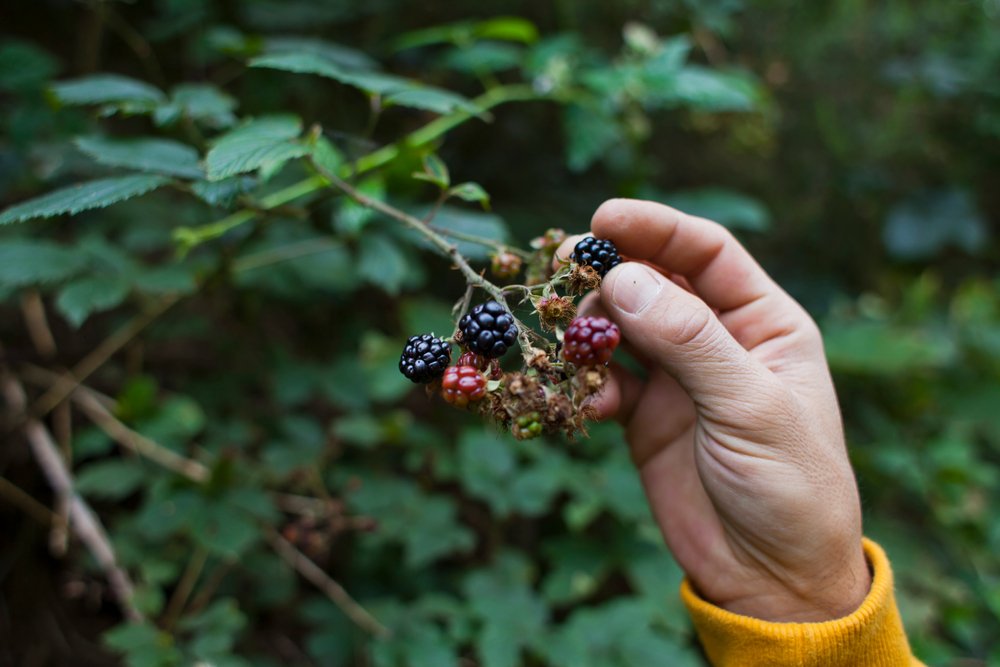History of Foraging
Foraging, the act of searching for and gathering wild foods, has been an essential part of human history, shaping cultures and culinary traditions across the globe. This ancient practice has allowed our ancestors to connect with nature, sustain themselves, and pass down vital knowledge through generations. Today, foraging is experiencing a renaissance as people rediscover the joy of sourcing natural, locally grown, and seasonal ingredients. This article will delve into the historical roots and cultural significance of foraging, revealing its role in human survival, culinary innovation, and environmental stewardship.
A Brief History of Foraging
Long before agriculture emerged, foraging was the primary means of acquiring food for our hunter-gatherer ancestors. Early humans relied on their knowledge of edible plants, fruits, nuts, and fungi to supplement their diet, which primarily consisted of hunted animals. As they migrated across continents, they acquired and shared knowledge about local flora, adapting their diet to the resources available in each region.
The advent of agriculture around 10,000 years ago gradually shifted human societies from hunter-gatherers to settled farmers. Despite this transformation, foraging remained an important supplement to cultivated crops, especially during times of scarcity or crop failure. In many traditional societies, foraging continues to play a vital role in providing a diverse range of nutrients and flavors to the diet.
Cultural Significance
Foraging has played a significant role in shaping the culinary heritage and cultural identity of various societies. From indigenous communities in North America to traditional European, Asian, and African cultures, foraging has inspired unique food traditions that celebrate local and seasonal ingredients. Some of these practices include:
Native American Cultures: Indigenous people in North America have a rich history of foraging, utilizing plants like ramps, fiddlehead ferns, and wild berries. They developed sustainable harvesting techniques, ensuring the plants' survival for future generations.
European Foraging Traditions: Many European cultures have long-standing foraging traditions, such as collecting wild mushrooms in Eastern Europe, harvesting nettles and dandelions in the British Isles, and gathering chestnuts in Mediterranean regions.
Asian Wild Food Culture: In countries like Japan, China, and Korea, foraging is deeply ingrained in culinary traditions. From wild mountain vegetables in Japan (known as "sansai") to Chinese medicinal herbs, these cultures continue to value the unique flavors and health benefits of foraged ingredients.
Foraging and the Environment
Foraging is more than just a culinary practice; it is also a powerful way to connect with the environment and promote sustainable land use. By supporting a diverse range of plant species, foraging helps to maintain ecological balance, preserve native habitats, and reduce the reliance on monoculture farming. Additionally, foraging encourages a deeper understanding of the natural world, fostering a sense of stewardship for the land and its resources.
Ethical foraging practices are essential in ensuring that wild plant populations remain healthy and sustainable. Foragers must be mindful of the impact their actions have on the environment, avoiding overharvesting and taking care not to damage delicate ecosystems.
The Resurgence of Foraging
In recent years, foraging has gained renewed interest as people seek ways to reconnect with nature, source local ingredients, and enhance their culinary experiences. Chefs, home cooks, and food enthusiasts are embracing foraged ingredients for their unique flavors, nutritional benefits, and the sense of adventure they bring to the table.
Foraging also offers opportunities for community building and education. Local foraging groups and workshops are becoming increasingly popular, providing a platform for sharing knowledge, skills, and experiences. These gatherings foster a sense of camaraderie and respect for the environment, as well as an appreciation for the rich cultural heritage of foraging.
Foraging, a practice deeply rooted in our history and cultural heritage, remains relevant and valuable in today's modern world. By rediscovering and embracing the art of foraging, we can reconnect with nature, celebrate the unique flavors of wild foods, and contribute to a more sustainable and diverse food system.
As interest in foraging continues to grow, it is essential to prioritize ethical and responsible practices to protect the environment and preserve wild plant populations. By engaging in educational opportunities, connecting with local foraging communities, and respecting the cultural significance of foraging, we can ensure the continuation of this ancient tradition for generations to come.
By embracing the world of foraging, we not only discover the bounty of nature's offerings but also cultivate a deeper understanding and appreciation of the natural world and its intricate balance. Whether you are a seasoned forager or a curious beginner, the journey into the world of wild edibles promises adventure, culinary inspiration, and an enduring connection to the environment and its abundant gifts.



